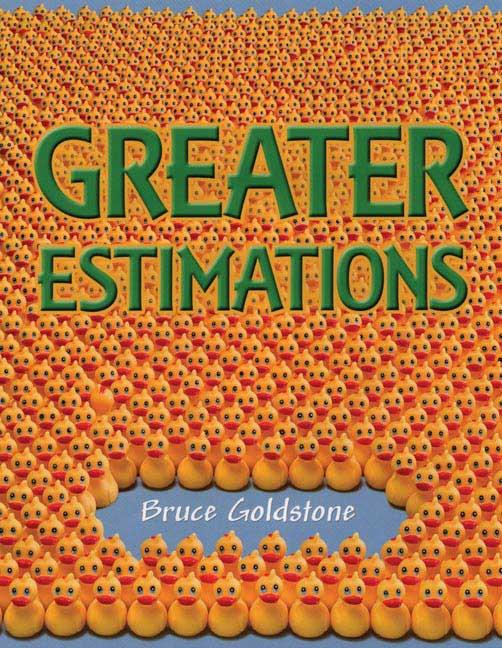Book Description
for Greater Estimations by Bruce Goldstone
From Cooperative Children's Book Center (CCBC)
Eye training. Clump counting. Box and count. Bruce Goldstone offers strategies and examples of how to estimate in this numerically challenging follow-up to Great Estimations (Henry Holt, 2006). As in his original volume on how to strategically guess at the number of objects in a group, Goldstone uses eye-catching photographs of items to be estimated, from the number of rubber ducks in arrangements growing larger on successive pages to the number of seeds on a dandelion, and much more. He also includes estimation exercises on how to figure height, weight, size, and volume. Each page’s puzzler includes a hint on the strategy to use in a book that offers skill-building and opportunities for practice that can be easily extended beyond the page. (Ages 7–11)
CCBC Choices 2009. © Cooperative Children's Book Center, Univ. of Wisconsin - Madison, 2009. Used with permission.


